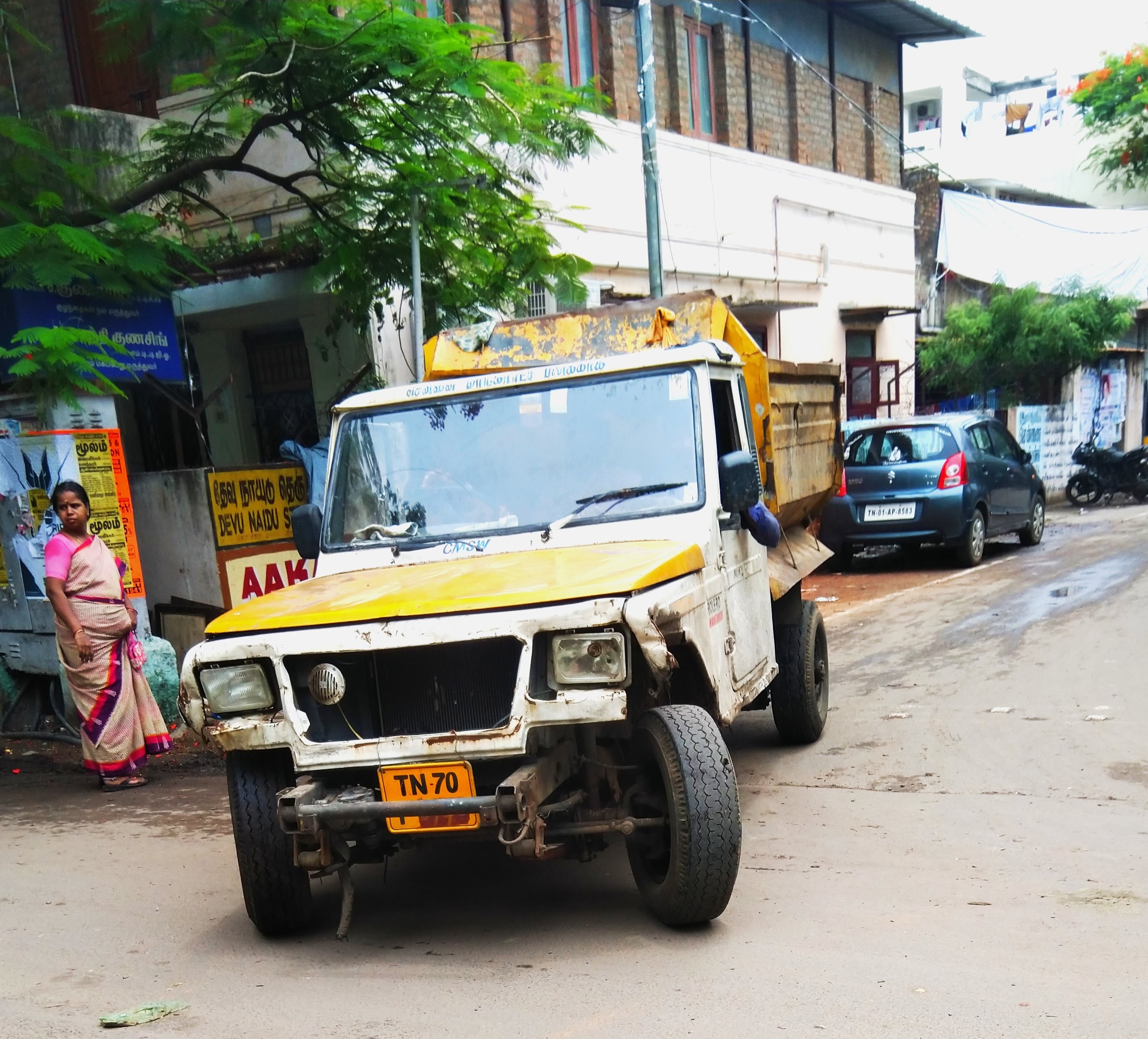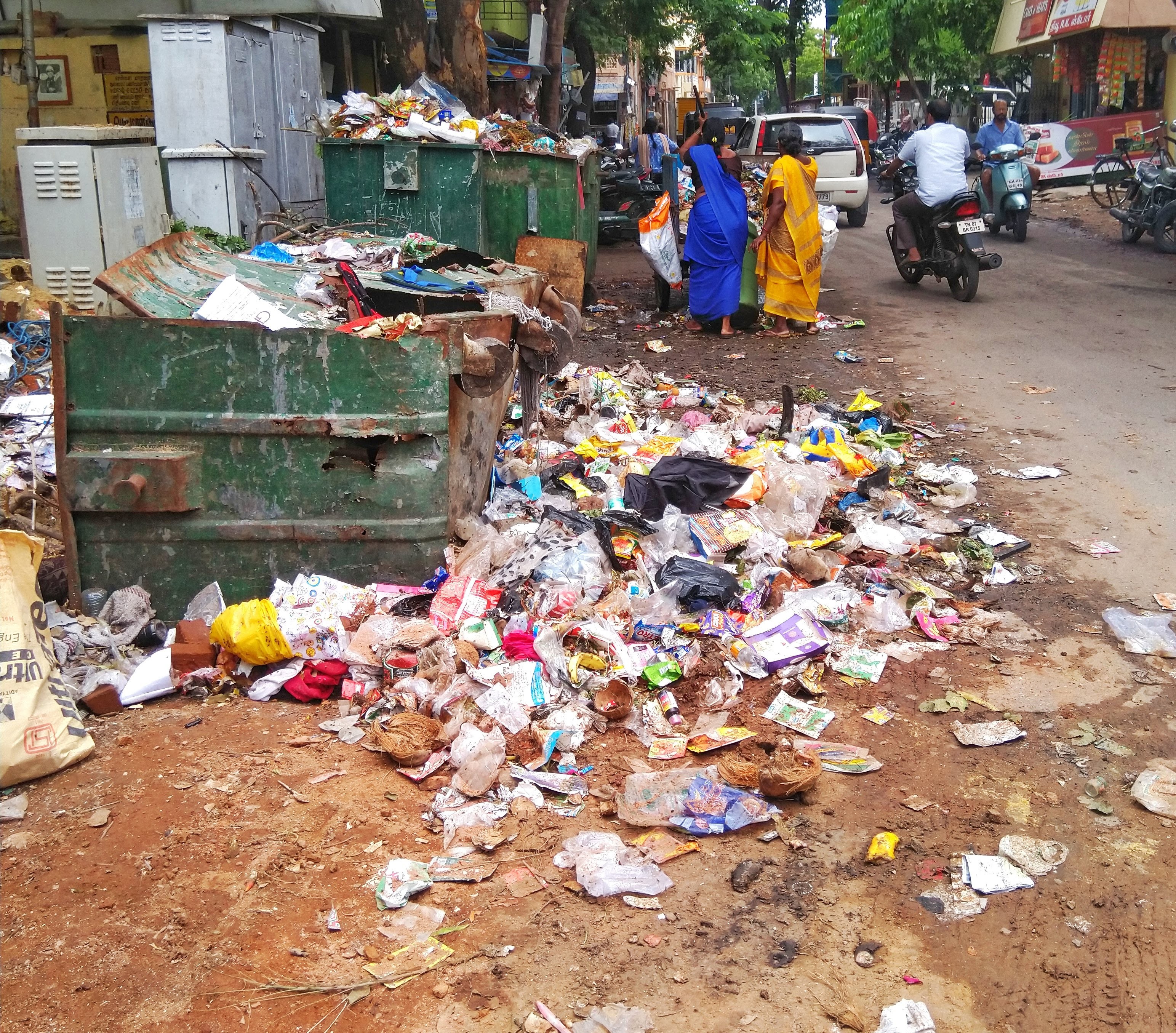Away from the cool coaches of the Vande Bharat trains with their electric blue seats, wide clear glass panels and LCD screens showing government promos, there exist what you could call Gulam Express trains. These are the hundreds of trains that are superfast, but also obsolete for the BJP government and the upper middle classes now. It is these trains that continue to transport millions of GDP-producing workers across India, now the most populous country in the world, not your VBs.
By sheer accident, this writer could get a taste of a Gulam Express (translating into slave Express – perhaps it should be Vande Gulam Express), on the overnight stretch between Ernakulam and Chennai Perambur on May 4. The train is officially named Shalimar Express and bears the number 22641. Since it covers Chennai, Andhra Pradesh, Odisha and West Bengal en route Kolkata, it attracts a large number of travellers, most of them workers from Bengal who have been toiling in manual jobs in the south.

On many such Gulam Expresses, it matters little that the berths are reserved in advance by passengers. There are simply far too many people who want to get home from the south to the east and the northeast, and the number of seats available is a fraction of this count. The situation challenges the government.
An unusual solution
The Indian Railways has come up with an ingenious solution: all those who want to travel in the reserved bogies can pay a fine of Rs.500 per head, get a receipt, with no further trouble during the rest of the journey by the same coach! No upper limit on passengers. After all, when you have paid the railways, even as a penalty, are you not entitled to travel? Of course, a coach can only accommodate some 75 people by design, but the Railways initiative pushes up that number to two or three times that figure.

And so it was in coach S1, where the TTEs from Kerala ensured that everyone paid the Rs.500 and got their receipt, watched by a well-built railway policeman. A Tamil Nadu TTE did the same after Erode. All the worker-travellers were ready with the money, since this gulami (slavish) experience apparently is now well entrenched.
Many berths were quickly occupied by these passengers and they turned their attention to music videos, video calls and other distractions. The train attracted a fresh set of workers in Thrissur, and they too squeezed themselves in. More joined in Coimbatore, Erode, Salem and Katpadi. No one was getting off, only more were “entraining”, as the railways likes to say it.

Some of the younger passengers readjusted the luggage underneath the lower berths, and wedged themselves into that space (picture). Somehow, this brings up images of slaves transported to America by ship in another age. If India is the world’s fastest growing economy, there’s little sign of it in these trains. There were no quarrels, no arguments among the people travelling. They found spaces in the carriage, much like water finds its level. After a while, some of the workers lit up beedis, the smoke wafting through the carriage to everyone. Some women passengers simply lay turning their backs to the vastly male-dominated group of passengers. Many more were sitting in the aisles.
Transgender people extort
There was a nasty little surprise in store for some of the passengers. A group of 20 transgender persons forced their way into the carriage at Erode. These well-built, sari-clad, male-voiced individuals were in no mood for refusals at 3 a.m., and they went about their business extorting petty cash from the workers with the niceties of street thugs.
“Kick the bast**ds out of the way,” said one of the group leaders in Tamil, using the expletive for s.o.b liberally, perhaps aware that the quarry could not follow what was being said. “Motherf**kers!” one from the group screamed, to overcome the weak resistance.
One of the transwomen grabbed a youth who was trying to get some sleep by his clothes and pulled up his head. “Give,” she ordered. “Show him what you have,” another transwoman was heard shouting. “These chaps should be buggered,” said another, all expletives in Tamil.
No one raised any protest. The trans folk were actually heavily outnumbered by the workers, and logically, were sitting ducks for a thrashing. But that did not happen, possibly because the workers did not want a run-in with the law in an alien State.
Most workers just dug into their pockets and paid ten or twenty. The demands were repeated an hour later to cover new passengers, this time the trans people asking for “one or two rupees”. Evidently, TTEs, Railway Protection Force/Government Railway Police made no move to restrain the trans people, who were presumably ticketless, from boarding a train at the unearthly hour of 3 a.m.

Mondal (name changed) from Siliguri seemed not to be fazed by all the commotion and the difficulty of people having to stretch out in the aisles and the berth bays. “I am going back after 3 years of working in Kerala,” the youth said, asserting that he would not return.
Although there was a mass of humanity in the aisle, IRCTC catering attendants shouting “chai, chai” picked their way through the contorted bodies on the floor, hands, feet and heads pointing in different angles. If you could get to a bathroom similarly picking your way, you would find it filthy and unusable.
In today’s India, it is better to live furtively, endure a slave-like journey and get home in one piece, rather than risk the wrath of the state. Life possessions of the workers to take back home had been packed into paint drums, plastic sacks and dirty rexine bags. The paint drums are durable and cheap replacements for suitcases. If it is any solace, most of these workers from the east and northeast possessed smartphones.
As daylight broke around 5.30 a.m., many again picked their way through the mass of sleeping comrades to brush their teeth. The IRCTC people arrived with samosas, bread omelettes and channa for sale, along with tea. Even in the heaving mass, one has to eat to get ready for a roiling day ahead in Andhra Pradesh en route home in Bengal.
Unchanged over a century
The scenes on the Gulam Express trains evoke parts of Mahatma Gandhi’s record of his own travels in “Third Class in Indian Railways” (Ranchi, September 25, 1917). In one passage, he says, “A defiant Memon merchant protested against this packing of passengers like sardines [in a train]. In vain did he say that this was his fifth night on the train. The guard insulted him and referred him to the management at the terminus. There were during this night as many as 35 passengers in the carriage during the greater part of it. Some lay on the floor in the midst of dirt and some had to keep standing. A free fight was, at one time, avoided only by the intervention of some of the older passengers who did not want to add to the discomfort by an exhibition of temper.” This was long before Amrit Kaal began.

As with a lot of other things in India, the quintessential train ride remains unchanged. Some trains do provide the comfort of sleeper class seats without such crowding. But not to the north and east. World-leading GDP growth, high profile train inaugurations, vast outlays for station modernisation and the presence of computers and smartphones has not added enough seats or berths.
Shashi Tharoor lamented that people were relegated to cattle class in air travel in 2009. Quite valid then, to see the plight of the workers and others in the Indian sleeper class and second class train coaches as a neo-slave class. These people must pay up, and stuff themselves into the carriage to go home. They cannot go to the toilet easily and must encounter filth there. While sweating through such rides, these miserable travellers can only let their imagination run wild on how they would one day ride expensive Bullet Trains, the first of which is to run between Mumbai and Ahmedabad in a 508 km segment at an unspecified date, and which is the only political priority now.













You must be logged in to post a comment.